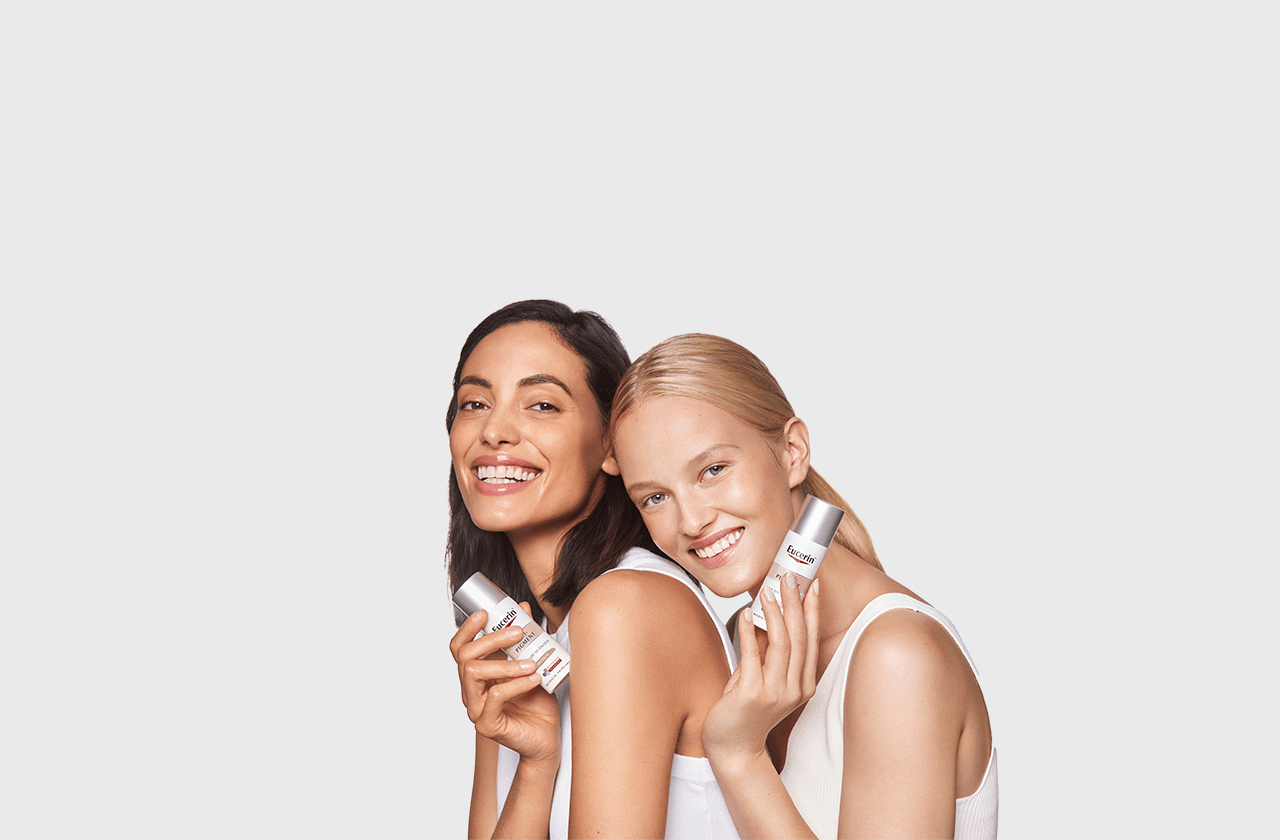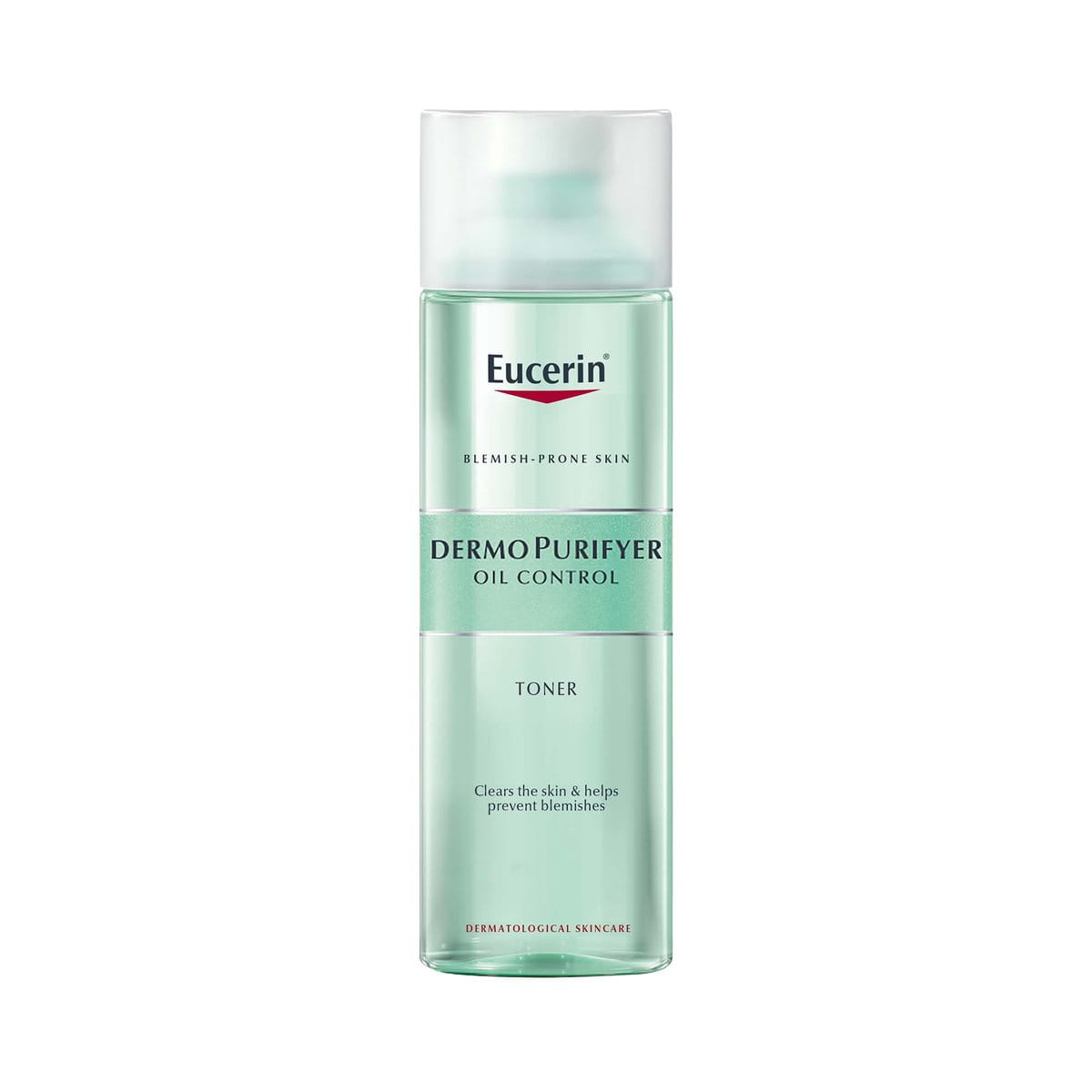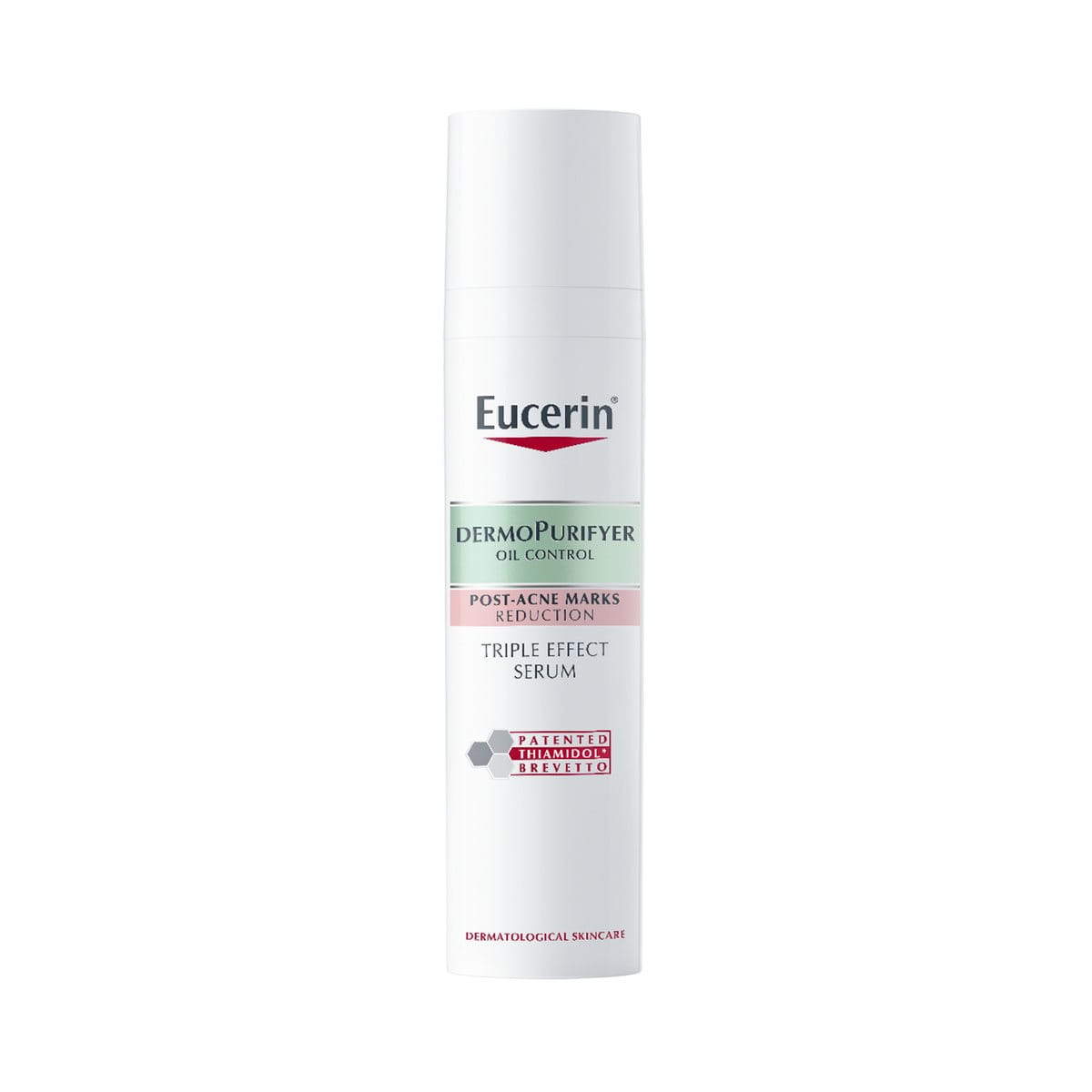People often use the words "acne" and "pimple" interchangeably. Such confusion can lead to a lack of professional diagnosis and, thereby, treatment. The debate about acne vs pimples is a long-standing one, but it is something that can be easily addressed by understanding their properties.
Pimple is a symptom of acne, while the latter is a broader skin condition that manifests in inflammation and recurring flare-ups. Let’s explore the difference between acne and pimples to understand how you can frame your skincare routine better and spot early signs of chronic skin conditions.
Keynotes:
- Acne is a chronic inflammatory skin condition, with one of its symptoms being pimples.
- Their causes differ in scope. Pimples are caused by stress, diet, pollutants, and friction. Acne stems from multifactorial issues like genetics, hormonal changes, excess sebum production, bacterial growth, etc.
- Isolated pimples are addressed with spot treatments, but acne requires holistic treatment that may include topical agents, oral medicine, or professional therapies.
- Understanding the severity of the condition and its properties can help identify the condition, choose the right products, and seek professional help when needed.




